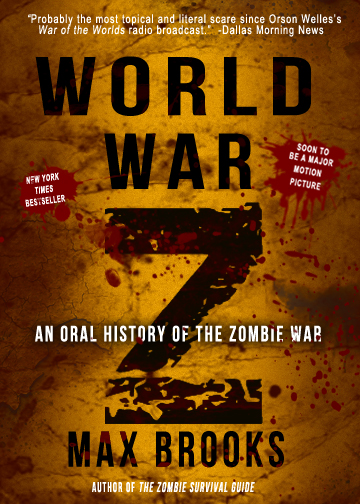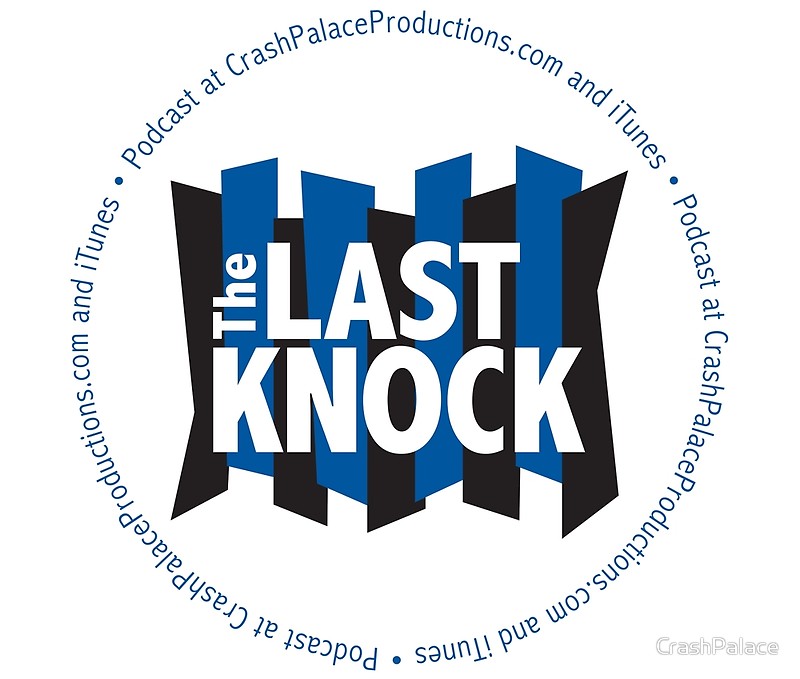
World War Z: Max Brooks’ Prognostication
In Max Brook’s celebrated horror narrative, World War Z, we see a direct connection to the COVID-19 outbreak.
Like the real life events we’re enduring in 2020, Brooks’ tale begins in China. In addition, Chinese authorities work diligently to suppress the outbreak in secret. What the world will initially call “African rabies” breaks through the borders of China and ultimately threatens the entire globe.
This comes about due to worldwide air travel, causing the virus to spread exponentially. COVID-19 spread the way.
The Heart of the Matter
In World War Z, Brooks reports on individuals who had survived “The Plague Years.” Unlike finding a vaccine or at least a better way to treat COVID-19, so souls will not perish or have to battle damaged lungs or hearts, people in Brooks’ universe had to battle a relentless undead army.
Those in the novel must contend with hunkering down for the long haul or they had to make a move to safer territory. Maybe this is the best thing about COVID-19: We do not have an army of undead trying to eat us as we focus on staying safe and healthy.
This does not diminish the danger of COVID-19 (nearly 27 million confirmed cases as of this writing and over 880,000 deceased), but many of the stories echo our own fight. In World War Z, people had to contend with loss of finances and resources, much like we do now. The toilet paper shortage may be over (for now anyway), which mirrors the book’s “The Great Panic” in many ways, but lost employment on a global level is very real.
In the early stages of the COVID-19 outbreak there was much fear and criticism. In the novel, doubt and skepticism wane when the world sees the enemy before them. But with the coronavirus outbreak, some are still hard pressed to see or grasp the danger. Then again, the medical and scientific communities, while working diligently to find a viable vaccine, are still learning about the virus, what it does, and why it seems to kill some within days while others may feel like they’ve a bad cold or a semi-flu.
The Politics of Fighting a Virus
Much like Toho Studio’s Shin Godzilla, where Japanese bureaucracy gets in the way of monster fighting, the same torment from red tape encapsulates World War Z, which came out roughly nine years ahead of Hideaki Anno’s and Shinji Higuchi’s film.
Regardless, most nations have been plagued by politicians (as well as the political attitudes of civilians) and their approach to the COVID-19 outbreak.
In the United States, for example, the president waited 70-days to finally cater to the warnings of advisors. With much reluctance on Trump’s part, he set things in motion. But with such a delay, over 6 million people are infected, over 188,000 have died, and the economy has suffered in an artificial and unprecedented fashion that will undoubtedly leave businesses and families in shambles.
Unlike early reports, Trump did not “fire” the entire Global Health Security and Biodefense unit, which is responsible for pandemic preparedness, though members did find themselves in other National Security Council units with the same goal of pandemic prevention in mind. President Obama had created the unit, which responded quickly to the Swine flu (H1N1) outbreak on two occasions. Total deaths were over 12,000 with 60.8 millions cases, and the economy continued to move along at its normal speed – along with daily American life. (Check with Reuters and the CDC for more.)
All of these numbers pale in comparison to the ill-named Spanish flu that may have taken up to 50 million lives from around the world in 1918 and 1919. This “flu” most likely originated in England during World War I, though others think it could have come from France or China. (See the History Channel for more.)
As American citizens fight over who is at fault for the COVID-19 outbreak and the continued need for a quarantine, similar issues arose in World War Z.
Colin Powell and Howard Dean
World governments were hard-pressed in the novel to prevent the panic and to stop the daily machine of paranoia from churning within their borders. Some governments, such as Israel and South Africa, reacted with precision, and what one may deem as callousness to protect people from the zombie horde, but the “Redecker Plan” soon became adopted by the rest of the world. This called for the development and maintenance of small safe zones while the majority of the civilian population was abandoned.
Most interesting, the president of the United States (Colin Powell?) is the antithesis of Trump: he’s both empathetic and reassuring – a unifying force during a time of strife. Ultimately, the president succumbs to a nervous breakdown due to the crisis and passes before hostilities end some seven years later. His vice president, known as “The Whacko” (Howard Dean?) takes the helm and leads the nation to life after the plague.
Aftermath
Since January, research and development teams at several pharmaceutical companies began to work with understanding the virus to create a vaccine, long before any money was on the table (at least in the United States). Many also researched existing medication to see if it could somehow thwart the effects of COVID-19 and curtail the death rate.
With the possibility of a vaccine being made available in record time, the world is left to pick up the pieces of shattered economies and political structures and confidence in leadership among the masses.
World War Z ends on the same note. The survivors have to contend with re-building society (Russia has fallen to fundamentalism and has become a “holy empire”, while Cuba thrives). Plus, zombies still come up from the depths or break out of frozen earth once spring comes to northern regions.
With COVID-19, the world needs to do the same. Already in the United States, racism has come to the forefront like never before (due in part to civil liberty violations against black Americans, such as George Floyd and Breona Taylor), and although arguments between left and right are often still at a high emotional stage, there is a hope that social discourse will return, and that American leadership will become more empathetic and logic-based as we address the horrors of our past and look for a more united and fair future for all citizens.
Lessons from Literature
Max Brooks’ compelling and well researched World War Z novel has not only raised the bar for horror writers, but has proven that the horror genre can be compelling and worthwhile – and far from disposable. The genre can reflect our world in many ways and expose our deplorable underbelly.
By showcasing fear and individualism, as well as “commonality” amongst the human race, Brooks offers us a look at ourselves through dynamic storytelling. Let’s hope that like the souls at the end of his novel, we will look forward to the days ahead and create a better world for all of the survivors post the COVID-19 outbreak.
After all, hindsight may indeed be 2020.
The Plot Sickens: Crash looks at the 13 Best Gothic Films!

Billy Crash
Also known as William D. Prystauk, he loves great, in-depth characters and storytelling in horror, and likes to see heads roll, but if you kill a dog on screen he’ll cry like a baby. Crash, an award-winning screenwriter and novelist, co-hosts THE LAST KNOCK horror podcast on iTunes, and can also be found on Twitter, LinkedIn, IMDb, Amazon, Behance, YouTube, and Instagram. He’s currently in pre-production on a dramatic thriller feature while working on the third novel in his #KinkNoir crime thriller series.
Get your Crash Palace and The Last Knock gear!
THE LAST KNOCK horror podcast is a Crash Palace Productions’ featured show. Besides this site, you can find THE LAST KNOCK on iTunes with new shows posted every other Sunday at 9 PM ET.
Crash Palace Productions website design and creation from Brian Yount Digital Enterprises with banner and THE LAST KNOCK art from Palko Designs. Logo designs from Paul Belci.
(World War Z book cover from Broadway Books.)

